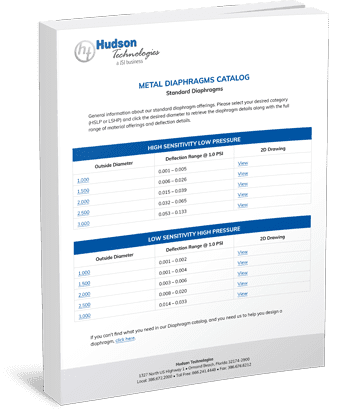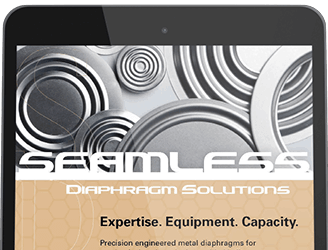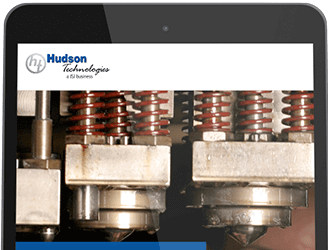One of the most popular metal forming methods available to manufacturers is deep drawing. Deep drawing starts with a flat piece of metal, called a blank or disc. The blank is placed over a cavity, called a die.
A punch then forces the metal through the die, forming it into a shape. If the depth of the item is equal or greater than its radius, the metal forming process is called deep drawing. Though similar to metal stamping, deep drawn metal products are deeper than metal stamping can accommodate.
Virtually all manufacturing industries have the potential to benefit from deep drawn metals for the manufacturing process. This technique is often used for manufacturing small component parts such as electronics relays, solenoids and assembly housing.
However, products of all shapes and sizes can be economically created through this the deep drawing process. Everything from aluminum cans, cookware and kitchen sinks can be customized and created through this process.
Benefits of Deep Drawn Metals
The deep drawing process is especially beneficial when producing high volumes of products, as unit cost decreases as unit count increases.
This is because once the tooling and dies have been created, the process can continue without much downtime or upkeep. However, even at small volumes, deep drawing can be more cost effective than similar manufacturing processes, such as progressive die stamping.
Another benefit to deep drawing is that it is ideal for products that require substantial strength and minimal weight. It is also recommended for products whose geometries are unachievable through other methods.
While cylindrical objects such as aluminum cans or metal diaphragms are usually the most popular use of this method, squares, rectangles and more complex geometries are still easily and efficiently created through the deep drawing process.
Uses of Deep Drawn Metals
Deep drawing may be a viable solution for any manufacturing process that include one or more of the following:
- Seamless parts: deep drawn metal parts are created from a single sheet of metal
- Rapid cycle times: large quantities of products are easily manufactured through the deep draw process
- Complex axi-symmetric geometries: deep drawing delivers exceptional detail and accuracy
- Reduced technical labor: precision deep drawing can deliver similar results as technical labor in quicker time frames
Contact Hudson Technologies today for more information!





















Leave a Reply